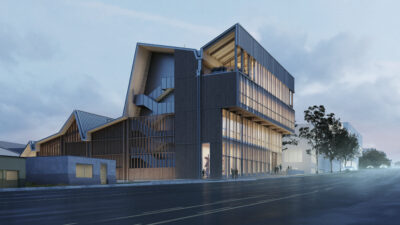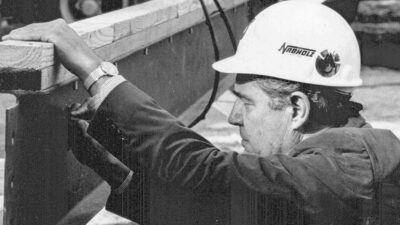Adaptive reuse, or adapting old buildings that have outlived their original purpose, is more than just a buzzword in the construction community—it will soon be a way of life for builders. In fact, in the next 10 years, as much as 90 percent of U.S. construction will occur on existing buildings (both renovation of existing spaces and the adaptive reuse of an existing building), partially due to the fact that it is generally faster, more cost effective, and more sustainable than building a structure on a greenfield.
Of course, cost is often the biggest factor when it comes to owners choosing to undertake an adaptive reuse project. Ultimately, it comes down to this question—does renovating an existing facility cost more or less than building a new one?
This key question is hard for a contractor or architect to answer, as unforeseen issues are what drive up project costs. Still, when compared to the cost of building from a greenspace, fixing issues with an older building, even unforeseen ones, often costs far less. However, this difference can be lost on the owner. That’s why for the contractor, a large part of successfully managing an adaptive reuse project is managing the owner’s mindset and expectations. It can also be challenging during the beginning of the project to push for the right amount of contingency—a difficult subject on any job, but one that should never be avoided on an adaptive reuse project.
Even in the face of multiple unknowns, there is a long list of cost savings to justify adaptive reuse projects. Contractors can recoup costs from utilizing materials already onsite. Typically, the structural elements of the building, such as earthwork, steel, and concrete, are already present. These are big costs to a job. Depending on the project, even more money can be saved on things like building envelopes and exterior facades.
For the new Ozark Community Center, an adaptive reuse approach was the only one that made sense. First, the building was practically given to the city. The previous owner of the building (a warehouse) saved money as well, as it was cheaper to sell the building to the city than pay to have it demolished.
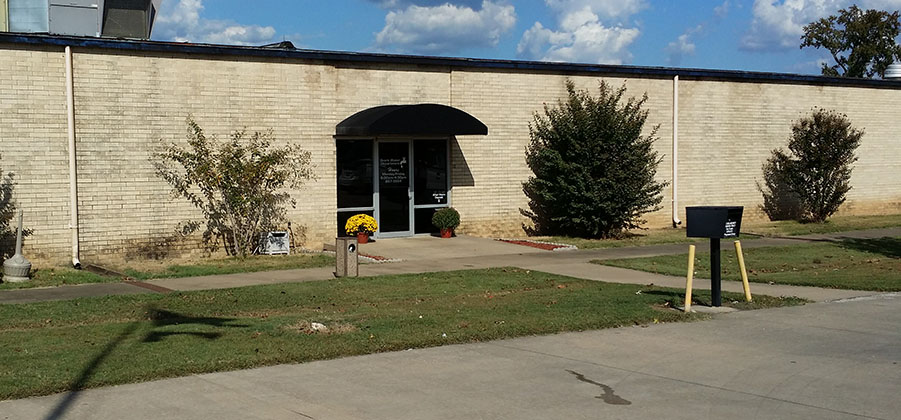
Second, the proposed use of the building also lent itself to an adaptive reuse approach. The community center design was essentially two large rooms—a gym and natatorium—and a series of smaller rooms connecting them, which made sense with the warehouse’s old footprint. Since both the new and the old building had similarities in overall design and structure, even with completely different purposes, it just made sense.
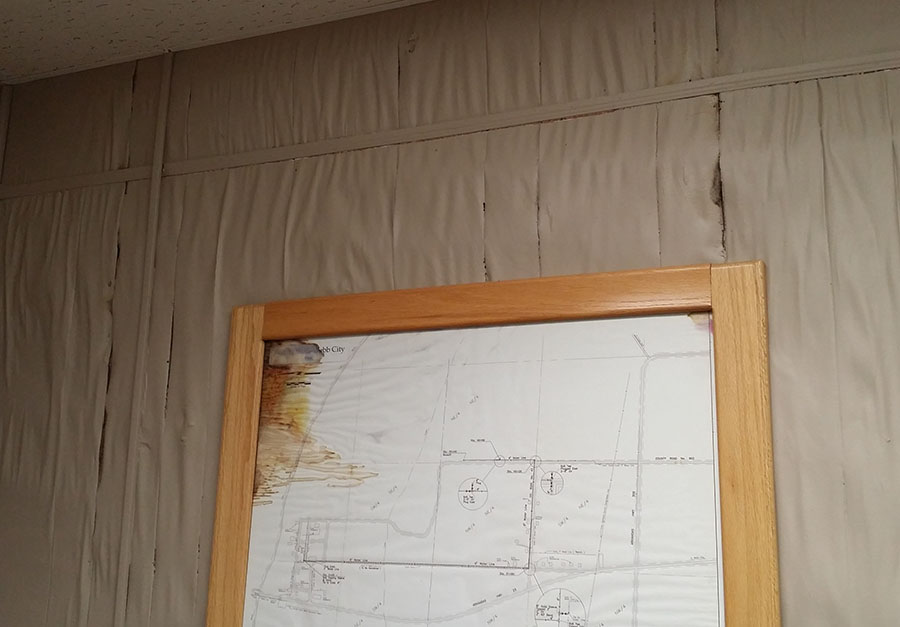
That’s not to say this project did not present challenges. Any construction project is challenging when it comes to coordinating multiple design documents and trades, and working around gaps in the building information, as is often the case with adaptive reuse projects, adds a completely new challenge.
In many cases, the burden falls on the builder to discover the unknowns of the building. This challenge starts in preconstruction and continues until the end of the project. Unknowns make bidding and defining scopes of work difficult. Unknowns can also affect the schedule. On this project, we had an unexpected environmental issue—asbestos. If you take only one thing away from this post about adaptive reuse projects, let it be this: ask for an asbestos report to be provided or for a survey to be done depending on the age of the building.
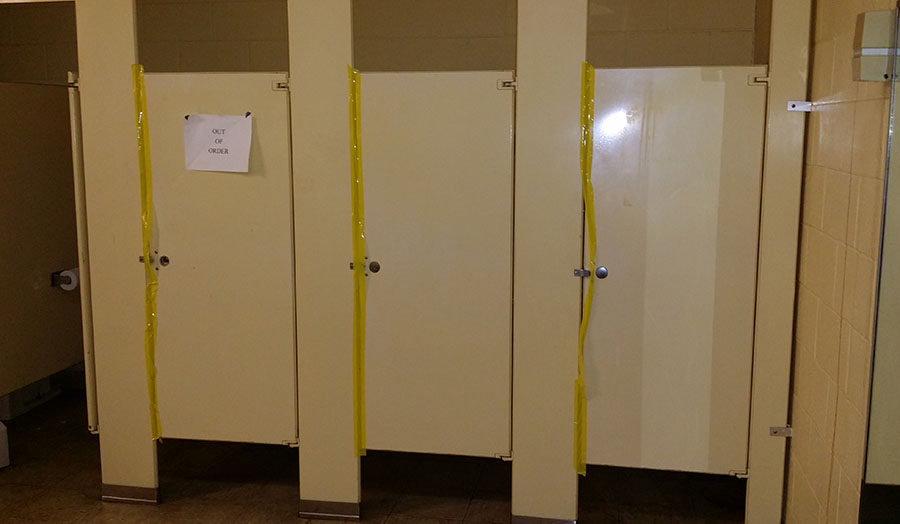
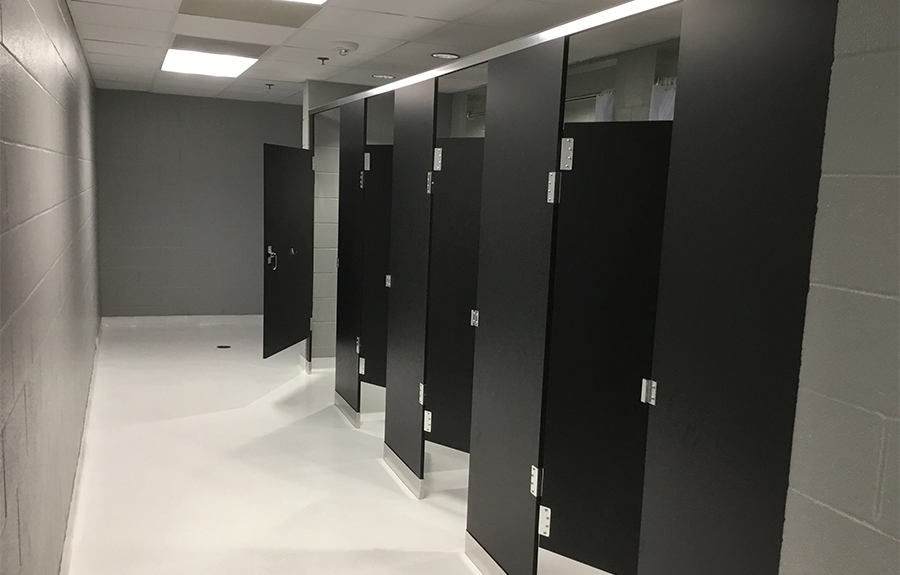
Unknown issues obviously raise another question—how can you schedule for something like asbestos remediation, unplanned for but completely necessary, unless you just add a bunch of fluff in the schedule? Such issues require subcontractors to stop work, ask the design team for guidance, price any changes, and order new materials. Excessive unknown problems will affect a project’s timeline. Again, approaching these unforeseen issues relies a lot on the involved parties’ mind frames. The positive side is the owner now has the best opportunity to fix the problem with a professional designer and builder on board. Still, when compared to a new build project, the majority of adaptive reuse projects allow you to produce a final product quicker, even when factoring in unforeseen issues.
As was the case with the Ozark Community Center, another advantage of adaptive reuse projects are their ability to cultivate a sense of community pride. Old, unused buildings are an eyesore and carry negative connotations for the whole town. At the beginning of this project, people in the area knew the spot as the old Garrison Building. At one point, the old warehouse was even used as a haunted house. The dramatic transformation awed citizens of Ozark. The owner was perhaps the most shocked at the renovation. Having worked in the building before the transformation and seeing the water leaks and mold, the owner had built up mental images of the building that were then blasted away by the re-imagined building.
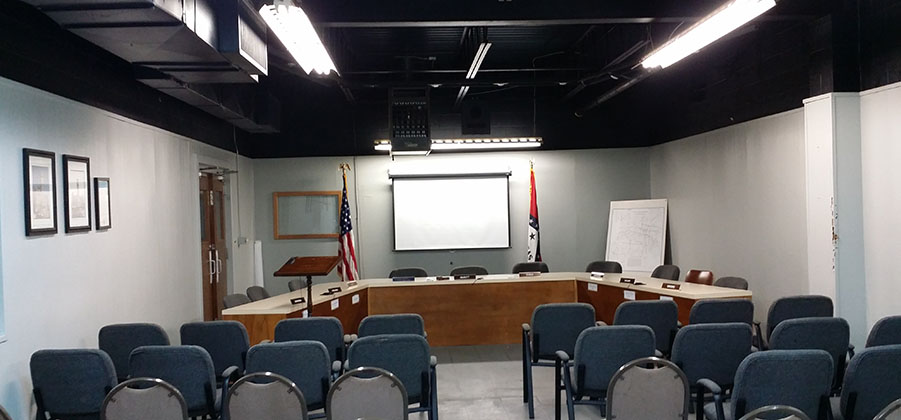
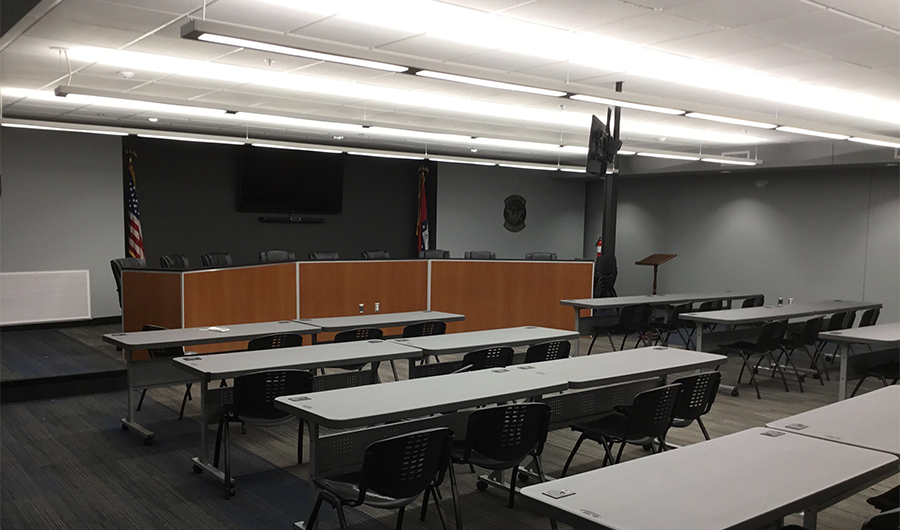
As more and more owners decide on adaptive reuse projects, we find our long history in the construction industry gives us some important advantages. We understand how buildings were constructed in the past—the materials used, methods of building, etc. We have people on the Nabholz team with decades of construction experience who are ready to offer lessons learned from hands-on experience with buildings of the same age that we now are redoing. With this knowledge at the ready, we are more than prepared to guide clients through the unknown and offer creative solutions to their challenges. See how the city is using the community center here.
